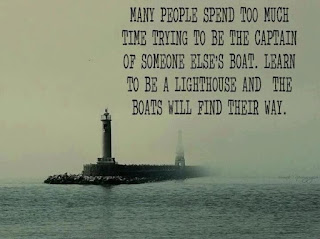Here I have shared my views about
“The Old Curicity Shop” by Charles Dickens, I have issued this book from the
central library of University during our monthly library visit arranged by
library committee.
The Old Curiosity Shop
“The Old Curiosity Shop” is written by
Charles Dickens, the famous novelist of Victorian era. Dickens has wrote his
most of works as a series in magazines and this “The Old Curiosity Shop” was
also serialized in Master Humphrey’s Clock between 1840 to 1841 and as a novel
it was published in 1841. His suffering in his childhood is mostly reflacted in
his works, in Oliver Twist also there is a journey and suffering of a child.
The plot is full of adventures
like all the novels of Dickens, we can read the adventures journey of the
protagonist Nell, a fourteen year old girl who stays with her grandfather, the
owner of ‘The Old Curiosity Shop”. Grandfather wants to give the good lifestyle
to Nell and for this he chooses the wrong way of gambling and lost his
everything. Nell and her Grandfather both were started their journey from
London to west England and they met many kind-hearted people, but because of
grandfather’s habit of gambling, they were not able to settle anywhere and at
the end, because of all these suffering and pain Nell died and soon after that
her grandfather also died.
The characters in the novel are
having different psyches; readers can sense the mindset of characters. Nell is
only fourteen years old but with enough maturity. Grandfather is worried about
the future of Nell and starts gambling to come out of poverty, here Dickens
focused upon two major social evils, poverty and gambling. The character like Quilp,
a wicked and hunchbacked dwarf, he described ugly, which represents his inner
qualities. He was interested in the shop of Grandfather and by financing money
for gambling, he took the shop from them.
The reference of river Thames comes in
novel as Quilp falls into the river at night because of fogg and he died, but
it also believed that it was suicide. The connection of Quilp’s death can be
connected with Narcissus, in Ovid’s version of Narcissus’s myth he committed
suicide. Quilp was also self obsessed and having hatred for every person around
him, he used to beat his wife and tourtured her, he was also having hatred
towards Kit and grandfather of Nell. At the end Nell died, which obviously
suggests the tragic end of the novel and social reality also. The death of a
child during suffering effects the readers because she was the only innocent
character in the novel and she has paid the price of everyone’s sins. The
villain and the protagonist both have died at the end, Dickens has shown the
reality by the death; if novel would have been ended happily it would not
create much effect upon the readers.
“Heaven be thanked, I
love its light and feel the cheerfulness
it sheds upon the earth,
as much as any creature living”


